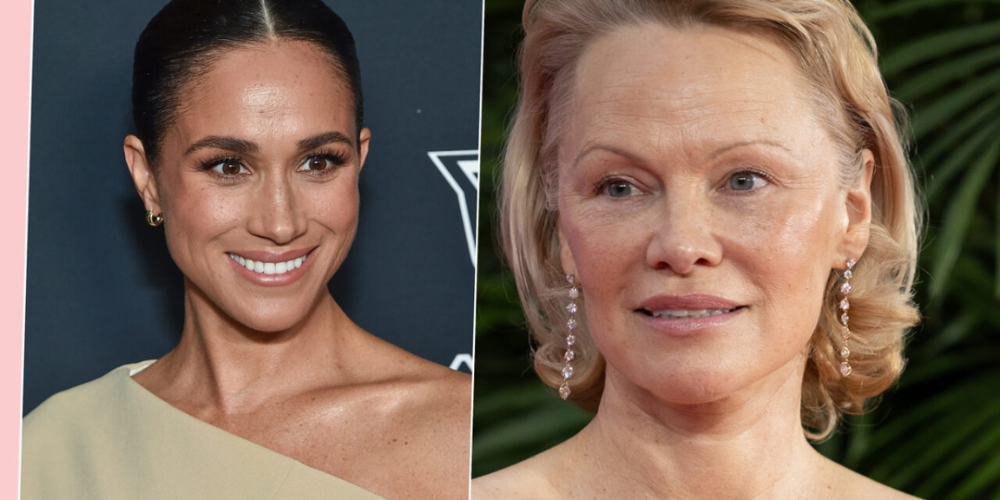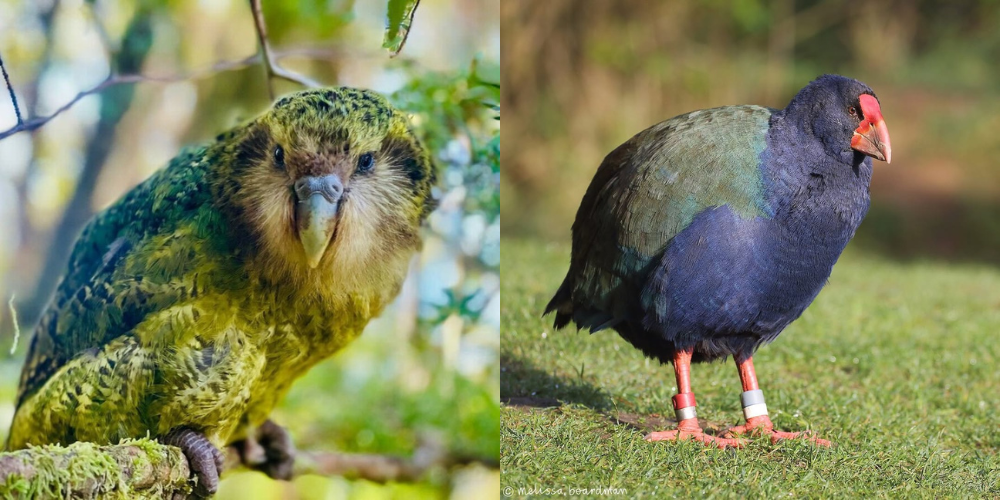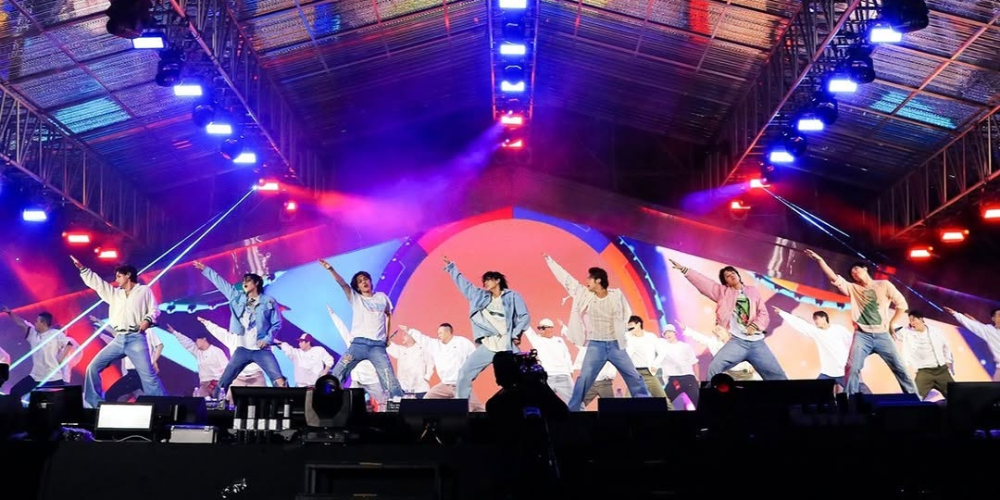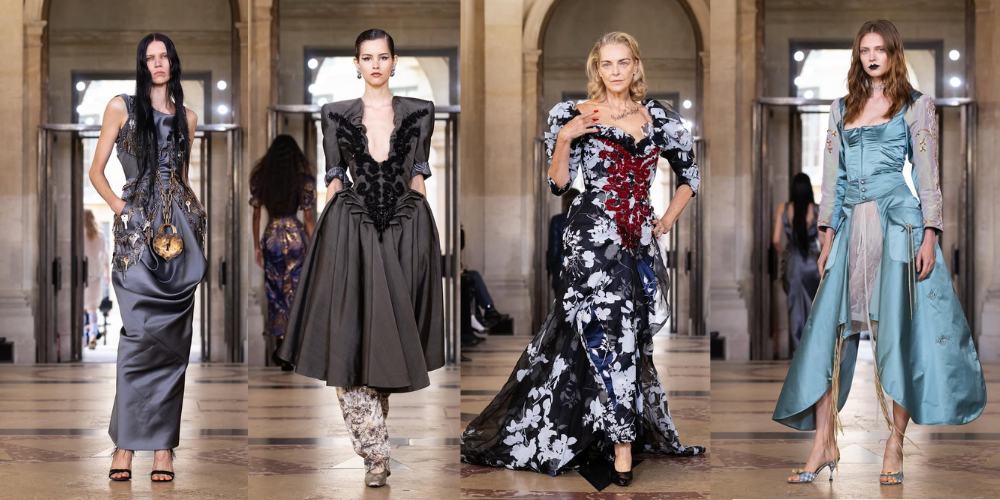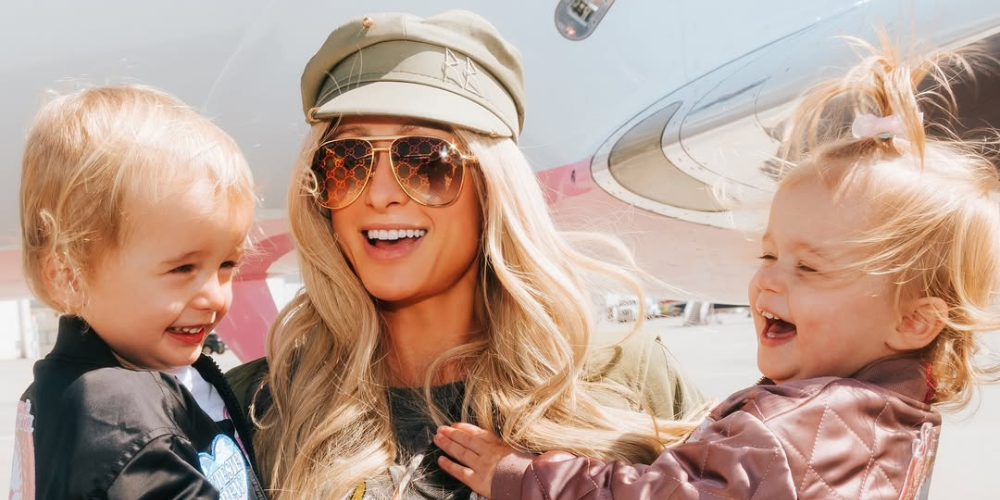Pamela Anderson and Meghan Markle don’t usually belong in the same sentence. One is remembered for red swimsuits and activism, the other for royal protocol and Hollywood reinvention. Yet, in the last year, their creative pursuits have kept colliding, and audiences have been quick to turn those overlaps into a rivalry. What’s more interesting, though, is how their projects reveal two very different ways of using food and lifestyle as cultural storytelling.
Pamela Anderson’s Lifestyle Expansion
Anderson’s foray into food wasn’t a splashy endorsement deal—it was jars of pickles. That might sound small, but the details matter. She partnered with Flamingo Estate, a boutique California outfit known for working with farmers and chefs in ways that feel closer to slow food movements than supermarket branding.
Her recipe, passed down from her great-aunt Vie, layers dill and garlic with unexpected notes of rose and guajillo chile. It’s eccentric in the best sense: a pickle you’d expect to find at a dinner table where someone actually cares about the brine.
Each jar sells at a premium, around $38, but there’s an intention behind the extravagance. A portion supports wildlife rescue centers in California, tying the line back to Pamela’s long history with animal rights. It’s less a celebrity product than a continuation of the way she’s lived her adult life—sometimes chaotic, often surprising, but always anchored in causes and family history.
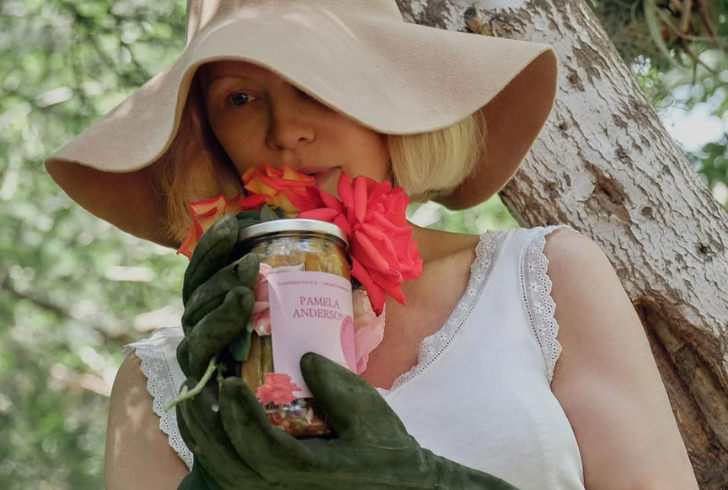
Instagram | @flamingo_estate | Pamela Anderson brings family tradition to life with a bold pickle launch that blends flavor and purpose.
Meghan Markle’s Creative Path
Markle, meanwhile, is playing a longer game on social media. Her Netflix project, "With Love, Meghan," could have been a glossy cooking show. Instead, it has turned into something looser—part recipe, part confessional, part salon. The second season leaned even harder into conversation: guests from food, entertainment, and wellness circles swap stories with her in a way that feels less scripted than her earlier projects.
The series uses food as a backdrop, but the actual point is intimacy. Viewers aren’t there to learn the perfect way to roast chickpeas; they’re there to see Meghan laughing over spilled flour or talking with a guest about heritage recipes. It’s a show about connection staged through a kitchen, a deliberate pivot from the polish that once defined her royal image.
Industry Reactions and Public Speculation
Because their launches happened almost back-to-back, comparisons were inevitable. A jar of pickles on one side, a Netflix series on the other, both framed through food and nostalgia. Commentators, predictably, tried to pit them against each other: Was Anderson responding to Meghan? Did Meghan’s project echo Pamela’s?
Anderson herself didn’t fan the flames. Asked directly, she shrugged it off, pointing out the obvious—food shows and recipes aren’t proprietary. Her response carried the tone of someone who’s been in the public eye long enough to know when to ignore manufactured rivalries. It was a reminder that most “feuds” are born in press rooms, not kitchens.
Meghan Markle’s Career Pressure
Markle, however, doesn’t get that luxury. Every project she attaches her name to is treated as a referendum on her post-royal life. Analysts dissect "With Love, Meghan" not just for content but for what it says about her future in Hollywood. Can she sustain audience attention? Will networks invest in her as a producer or host beyond the novelty of her royal past?
Season two suggested progress. She looked more relaxed, the pacing more confident, and the conversations richer. Still, the stakes remain unusually high. Anderson can sell pickles without anyone declaring it a career test. Markle has to weather each release as if it’s proof of concept for her entire identity.
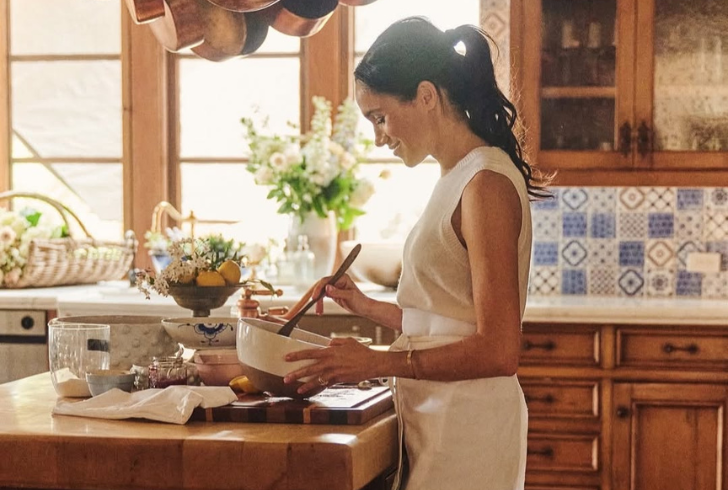
Instagram | @meghan.markle.official | Meghan Markle steps into a new chapter with her Netflix series that highlights her cooking and lifestyle vision.
The Influence of Role Models
Complicating matters further, Meghan has faced criticism from voices she once admired. Tina Brown, the formidable journalist and biographer of Diana, reportedly dismissed parts of Meghan’s creative output. That sting goes deeper than routine press snark. For someone who leaned on Brown’s writing to decode the monarchy before marrying Harry, hearing doubt from that corner is personal in a way anonymous headlines never are.
It shows how fragile building a new narrative can be, especially when your role models don’t validate the path you’ve chosen.
Parallel Paths, Different Outcomes
On paper, Anderson and Markle look like they’re running in the same lane. In practice, they’re not. Anderson is bottling a family recipe into something whimsical and rooted in activism. Markle is constructing a media identity that bridges lifestyle, storytelling, and self-definition.
The comparisons will keep surfacing, but the truth is more interesting: two women at very different points in life using food as shorthand for bigger ideas. One jars her past, the other scripts her future. Both, in their own ways, are navigating how public perception shapes (and sometimes distorts) their creative choices.

